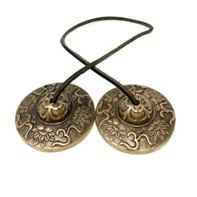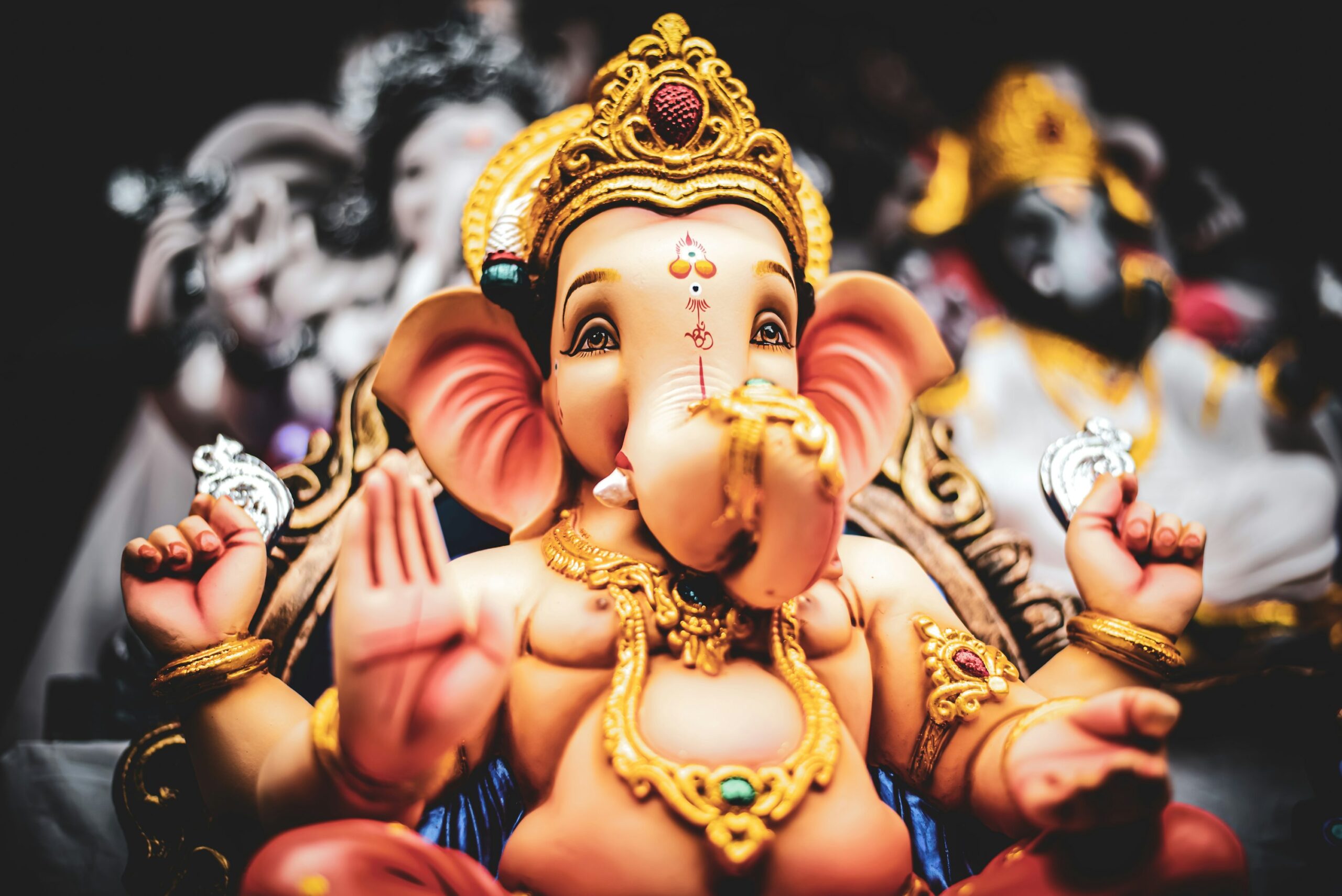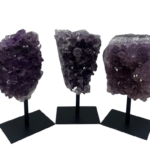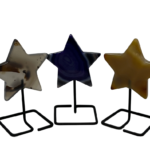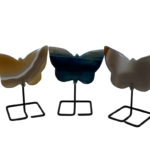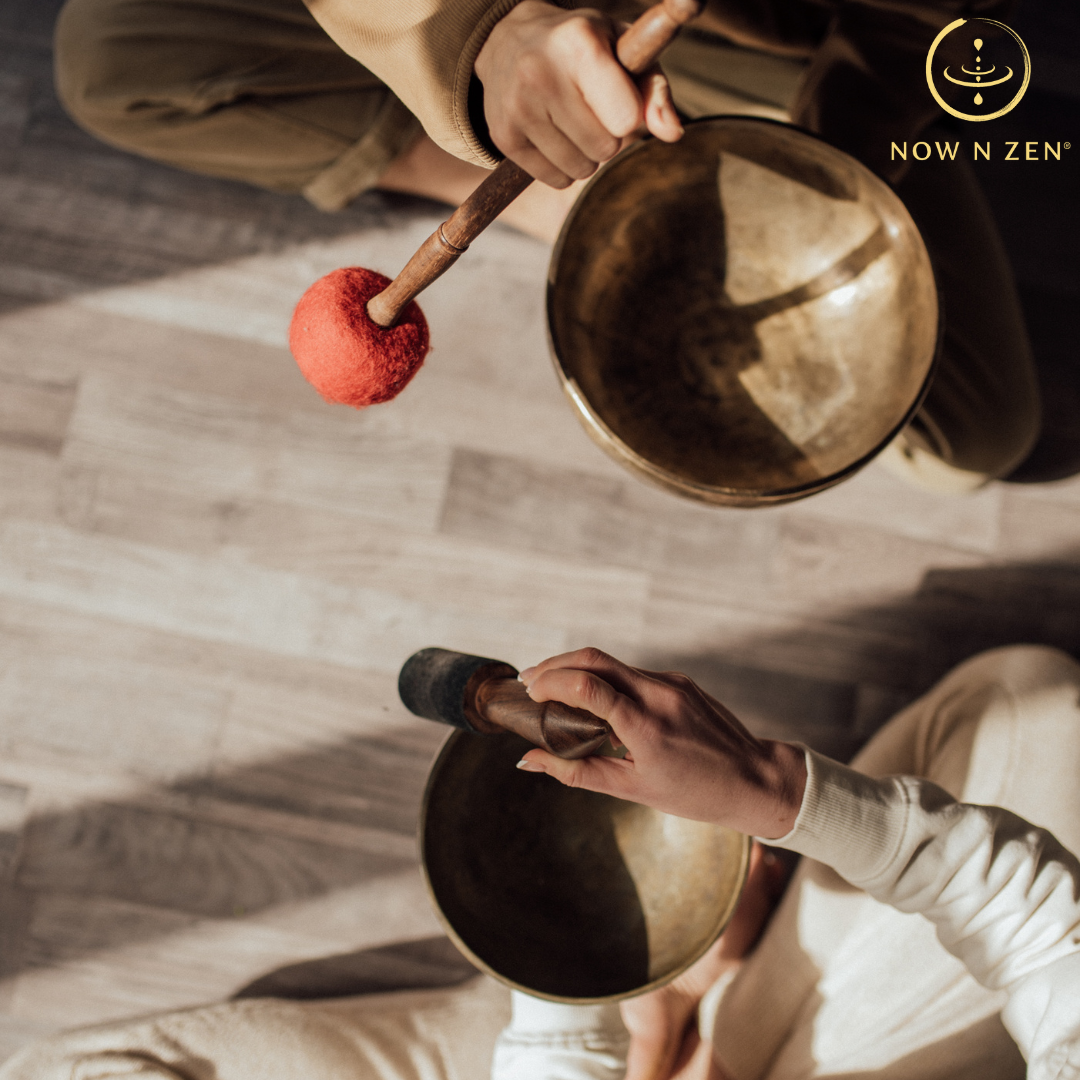
Taking My Sound Healing Journey One Step Further
What a way to take my sound healing journey to the next level. The Atma Buti Level 1 Sound Healing Practitioner’s Course was impactful, to say the least. During the two-day class, I learned about the history of Himalayan singing bowls and how Suren Shrestha brought his traditional healing knowledge to the West.
Suren traveled from Nepal to the United States as a young man with dreams of becoming an engineer. While in the U.S., he noticed a growing interest in Eastern medicine and alternative healing. He soon found himself unsatisfied with the engineering path and set out on a different journey. Returning to Nepal, he went on a silent retreat accompanied by singing bowls—and during that time, he realized the unique opportunity he had before him. From there, he chose to share his lineage with the West and began a movement of exponential healing.
Laying the Groundwork
Whether you have experience playing Himalayan singing bowls or not, this class is a vital step in building a strong foundation. I’ve experimented with singing bowls before, but never as intentionally as I did through the Atma Buti method.
I learned the basics of inviting and rubbing the bowls, along with how to properly open and close a session in the Atma Buti tradition. When it comes to inviting, instead of saying “hit” or “strike” a bowl or gong, we were encouraged to invite the sound to emerge. This, we learned, is a more respectful and accurate way to describe the act of playing. Telling someone to hit or strike a bowl could result in unwanted damage—and frankly, it just sounds aggressive.
These fundamental tools will serve as a strong base for me as I continue down my sound healing path.
Sacred Metals & Ancient Origins
It was eye-opening to learn exactly where these beautiful singing bowls come from. I discovered that they’re not technically “Tibetan bowls,” as they don’t originate from Tibet—they come from the greater Himalayan region and are used in Tibetan practices. Calling them Tibetan bowls is not only inaccurate—it unintentionally erases the sacred cultural and spiritual traditions from which they actually emerge.
In the Himalayas, these bowls are crafted with deep intention. Monks chant and pray over them while they’re forged by hand using hammer and fire. These authentic, non-machine-made bowls are highly sought after by sound healing practitioners and enthusiasts alike.
To be considered suitable for healing, a bowl must be made with no fewer than seven different metals in a brass-like alloy—some bowls contain over 20. Each metal contributes to the layered harmonics and spiritual resonance of the bowl. Some of the most common metals used include:
• Copper, which supports grounding and vitality
• Tin, associated with clarity and cleansing
• Iron, offering strength and stability
• Zinc, known for aiding the immune system and energetic protection
• Silver, promoting emotional balance and calm
• Gold, connected with higher consciousness and divine connection
• Lead, traditionally used in trace amounts to deepen and anchor lower frequencies
Each of these metals brings a unique vibrational quality to the bowl, helping create the iconic mystical sound and energy that makes these instruments so transformative.
Shared Stillness, Shared Growth
Even though I only spent two days in the Level 1 class, I felt a true sense of community with my peers. I deeply appreciated the energy that everyone brought—helpful, gracious, and open-hearted.
One particular moment still rings positivity in my mind: when we learned how to effectively play the bowls on ourselves—on our heart chakras and down the torso. Everyone entered a deep, meditative state. The sounds and vibrations penetrated into our energetic fields as we breathed deeply together.
When we finished and brought our attention back to the group, there was a visible haze of calm lingering in the air. It was a beautiful shared silence—proof of the healing power of intention and resonance. This is the kind of community I’m proud to be part of.
Carrying the Lineage Forward
Thanks to my Level 1 Atma Buti training, I now have the opportunity to carry on a long lineage of healing with Himalayan singing bowls. In the near future, I hope to share what I’ve learned with my family, friends, and community members. Everyone deserves healing, and I’m grateful I can be a part of that journey.
Author: Angelo Arnold
Are you interested in taking your sound healing journey a step further? Access our full list of classes, trainings, and events at www.atmabuti.org/calendar.

